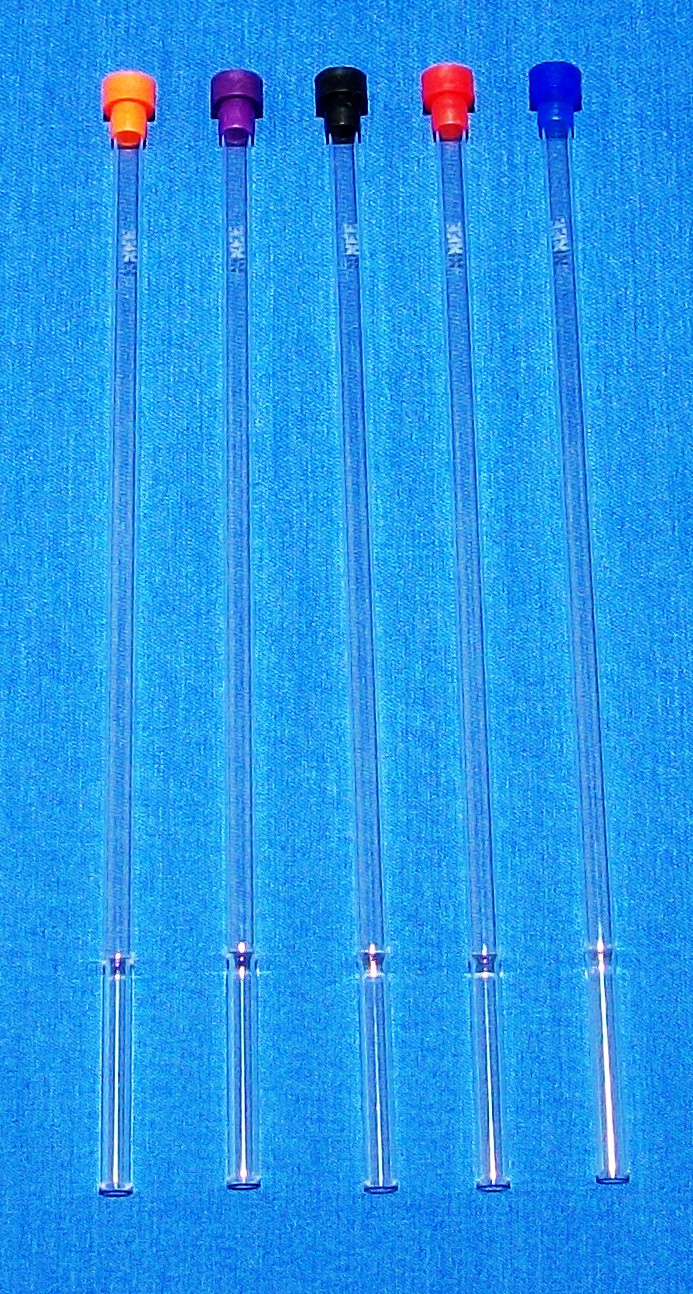Tapered Gel NMR Sample Tubes
Accurate Measurement of RDC and RCSA for Small Molecule
Configuration Analysis Using a Gel-Stretching Device
Yizhou Liu, Gary E. Martin, and R. Thomas Williamson
NMR Structure Elucidation, Process and Analytical Chemistry (Rahway),
Merck & Co. Inc., Kenilworth, NJ, USA
(Poster presented at ENC-57, Pittsburgh, PA, USA)
Introduction
Stereochemical determination of small drug-like compounds represents a frequent challenge in the pharma industry. Conventionally, we have relied on NOE/ROE and J coupling data in combination with DFT (Density Functional Theory) modeling for such work. However, the limit of this approach manifests when the chiral centers are separated beyond the scope of these short-ranged data. This limitation prompted us to develop techniques that provide long-range structural information. While both RDC and RCSA are known to serve this purpose, RCSA is particularly attractive for proton-deficient molecules in which measurable RDCs are scarce. However, the application of RCSA for small molecules is rare. The main hurdle for RCSA is the lack of a convenient and reliable approach to eliminate isotropic chemical shift changes upon molecular alignment. Here we describe a simple gel-stretching device that provides accurate and clean measurement of RCSA data and allows RDC measurements as well. The utility is demonstrated for several natural products including strychnine, estrone and retrorsine.
The full poster presentation is available here.
Additional reading: "Determination of Relative Configuration from Residual Chemical Shift Anistropy"
NE-316-3.2 Taper Gel Kit 3.2
Taper Gel Kit 3.2
This kit contains a (D)Taper gel Tube, 3.2mm version along with sample handling accessories as follows:
One each of (E)Funnel Adapter, (F)Gel Funnel, (C)Plunger Rod (comprises of a (B)Teflon Plug and (A)Kel-F Rod).
Includes instructions for gel preparation.
Insert Gel into Tapered Gel NMR Sample Tube by Ken Conover, Princeton University


